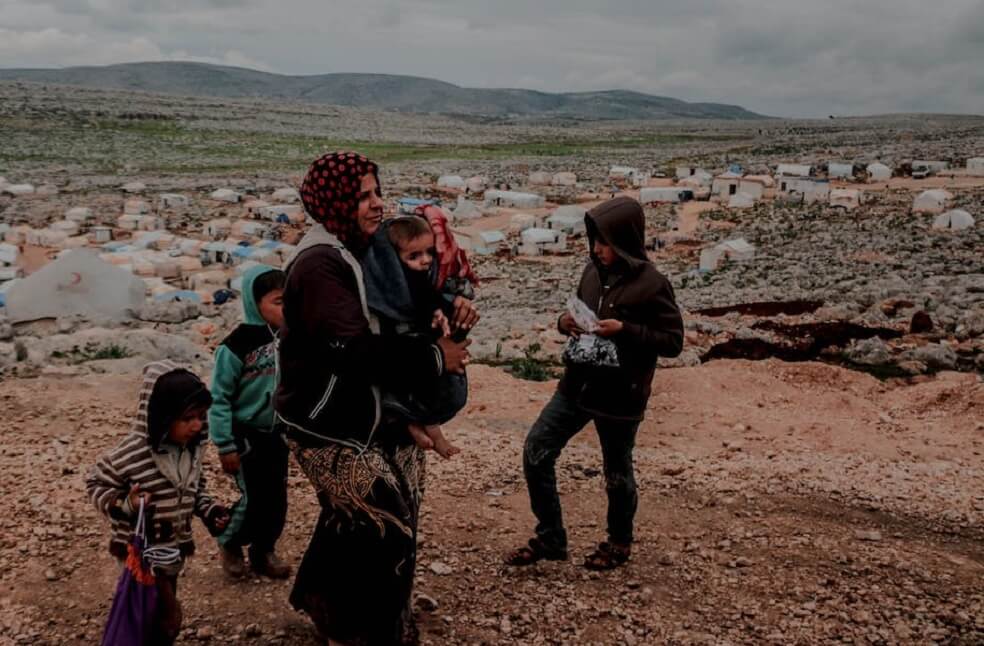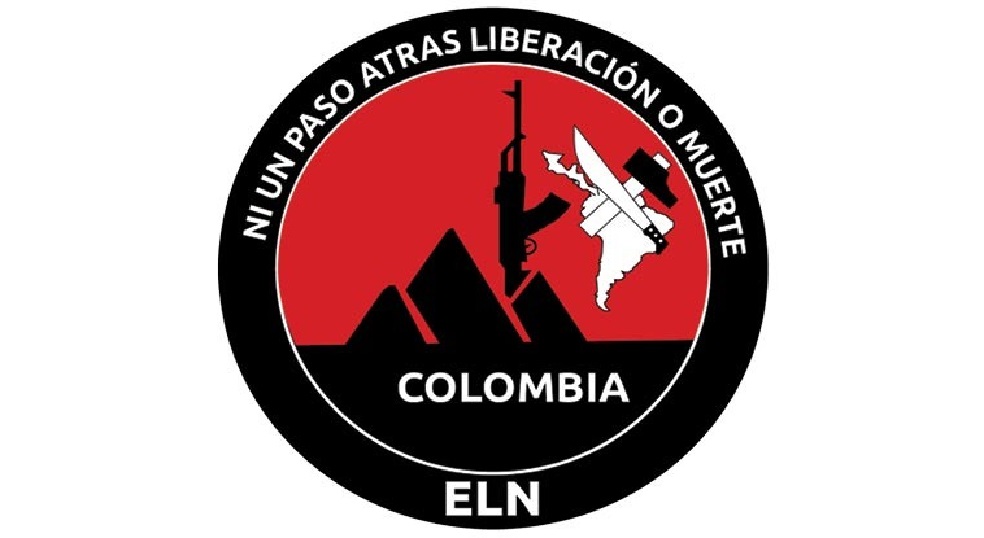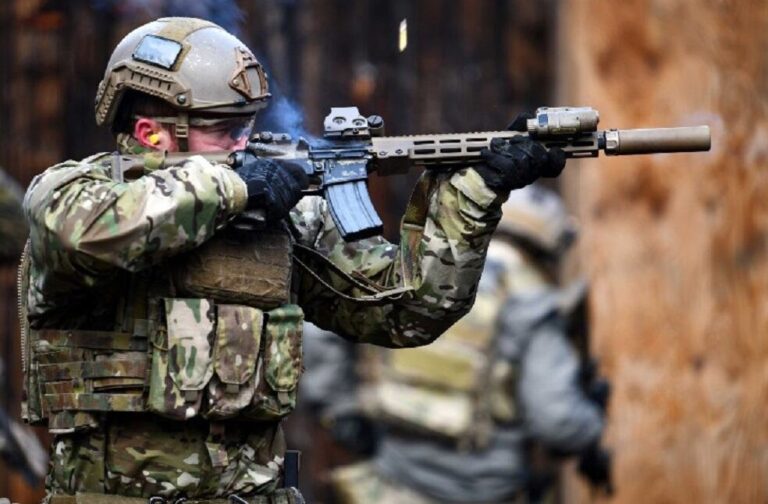Columbia: A new report from the International Committee of the Red Cross (ICRC) has found that violence between armed groups in Colombia leads to widespread displacement and insecurity among civilians.
In its annual report on the country’s humanitarian situation, the ICRC noted that even though violence between the Colombian military and armed groups has decreased, more than 180,000 civilians were displaced in 2022 as non-state organisations fought for territories and resources.

According to the ICRC report, about 39,000 people were confined to their villages for days or weeks at a time due to the threat of violence. Medical missions were attacked 426 times, and 515 people suffered injuries from landmines and other unexploded ordinances, the highest rate in six years.
For nearly six decades, Colombia has had an ongoing internal conflict between government forces, right-wing paramilitary groups aligned with the state, drug traffickers, criminal organisations, and left-wing rebel groups.
In 2016, a peace treaty brought an end to 52 years of conflict between the government and the country’s main rebel group, known as the Revolutionary Armed Forces of Colombia, or FARC.
But dissidents who opposed the peace deal continued to fight, and smaller rebel groups and criminal organisations have also begun causing threats and wars.

In August 2022, Colombia inaugurated its first left-wing president, Mr. Gustavo Petro, who championed a goal of “total peace.” Since then, Mr. Petro has negotiated with armed organisations like the National Liberation Army (ELN), the largest remaining rebel group in the country, in the hope of achieving peace.
The ICRC welcomed Mr. Petro’s efforts, stating in a bulletin that the organisation hopes the negotiations will translate into durable improvements for the civilian population.



